Onions is a mandatory attribute in any kitchen. This vegetable is known to humanity from very long time. So, the first mention of it is dating 3 thousand years before. NS. Middle Asia is considered to be the birthplace of this culture. Different types of onions in a wild form are found around the globe. For this reason, it is difficult to tell today, where it was for the first time to cultivate it. It is believed that for the first time he was planted in Afghanistan, and from there already spread to other Asian countries. There is another point of view that the bow for the first time began to cultivate in China. There is a mountain region Tian-Shan, where many wild onions grow, and it is so much that there is a mountain, which is called Dzunlin, which means a layer slope in Chinese. In the future, the culture began to grow in other countries. On the territory of Russia, the bow "passed on only since the 12th century. The most popular is the hybrid grade of Luka Sturon. We will tell about its characteristics and cultivation techniques further.
Onions of the North Sturon: Description
The bow today has more than 850 species, but not all of them are edible. Among them also have varieties that are used for decorative purposes. One of the most beautiful ornamental species is the onion of the Variety "Everest". It has long green arrows reaching a length of 110 cm. At the same time there are flowers that look like asterisks on the header. These flowers are used even to compile flower compositions. Also a beautiful variety is the onion "Sensation" - on a long ribbed stem dark purple flowers having a shape of a bowl.
Decorative Luke varieties today there are quite a lot, but there are other types of onions that are used in cooking and even for medicinal purposes. They can be attributed to the onions of Sturon. It is also called the bow of the north. This variety refers to the secondary, as it is suitable only to 108-110 days after the first searches. Thanks to such qualities, it is possible to plant this culture not only in latitudes with a warm climate, but also where the temperature is unstable, as well as freezing. The variety was brought by breeders from Holland and quickly gained popularity due to many positive characteristics of Luca Sturon. For this reason, it is often grown for commercial purposes.
The characteristics of the onion of the North (Sturon) are as follows:
- The bulbs can be kept for a long time (more than six months), while not losing their taste. Therefore, gardens about Luke Sturone are only positive.
- Culture refers to hybrid species, as it is one of the species of the replied Luka Stuttgarter Rizena.
- The bulbs grow large sizes and at the same time have the right round shape. They are easy to cut during the table setting. The bulbs of the biggest sizes can be raised if febrile suicide soil is present on the site.
- Bulletin scales have an orange-yellow shade, like many subspecies of the onion bow. Inside the bulb is very juicy, has a dense structure. Fruits are distinguished by a characteristic piquant smell with impurities of "bitter" notes.
- Culture is grown in two methods - annual and two-year. However, if you wish to grow very large bulbs (weighing more than 180 g), it will be better to take advantage of a two-year method of cultivation.
- Got a good reviews of Luca Sturon for what gives a good harvest. With 1 hectare of the site, you can collect about 30 tons of bulbs.
- Culture is quite resistant to the effects of various diseases and pests.
- Onions of this variety can be planted in the regions with a cold climate. If you adhere to certain rules, it is possible to even put the planting of culture for the winter. Then the harvest can be in early spring.
- Dachniks love this grade of Luka also for the fact that during his cultivation do not face the problem of "fake", when green arrows with seed bags are formed instead of juicy flashes.
- Due to the unpretentiousness of culture, resistance to frosts, it can be grown both in large volumes on farmer fields and in small summer cottages.
How to grow onion sturont do it yourself
The cultivation of Luke Sturont is an easy task for both experienced gardens and beginners. This culture is mainly growing by a two-year cycle. When sowing seeds in the first year, the crop of small bulbs is obtained. Subsequently, they can be eaten or maintained as a landing material for the next season. After the second year, the cultivation of Sturont gives a larger crop. Excellent culture grows in greenhouses and greenhouses, which allows it to grow it in the offseason as greens.
Growing conditions:
- The most optimal soil for growing onions Sevka Stormo is areas with fertile sampling soils. Thanks to this, the crop turns out excellent and large.
- Seen seeds are better in early spring (depending on the weather). Although in the ground, the seeds can move light freezes, in the middle lane it is better to hold the landing at the middle of April.
- Before sowing, the seeds of the onion can be soaked for several hours in water room temperature, and then wrap in a spatter vehicle for two days. After that, they need to hang out.
Luke seed landing Sturon is carried out into solid furrows, withsting the distance between them at least 100 mm. If you put the seeds too thick, the normal result will achieve problematic. The depth of the furrow should not exceed 4 cm, otherwise waiting for germs will have for quite a long time. To improve the growth of seeds and bulbs, the first is covered with a small layer of humus or peat. Since the seeds are evinted tight enough, after the appearance of shoots, they must be played. Otherwise, the resulting bulbs will be too weak and small, and even in a year to achieve normally the result will be almost impossible.
With the cultivation of the original onion, the onions of Sturon does not require much care. The sprouted culture should be regularly watered, the land loose and fertilize a little. A special role in leaning is played by the struggle. The success of this operation depends on the result of sowing. Stop loosening the earth when the bulbs reach the size of more than 1 cm. At the same time, it makes no sense to water and fertilize the plants. As soon as the onion arrows freeze, the vintage of Sturont can be assembled. It is neatly digging, dry well and laid for winter storage.
Store bulbs are needed in a well-ventilated room at a temperature of at least + 15 ° C and no more than + 19 ° C. At the same time, the layer of their laying should not exceed 8 cm. Otherwise, the bow can be at. Excellent onion storage can be suitable for old women's headbands or stockings. There may be enough bulbs in them, and at the same time such a "bag" will be perfectly ventilated. Also often for storage of onions I use ligaments. They are made by plexus the tops of the bulbs in one bundle, which is like something like a floral wreath.
For the second year, last year's bulbs are used as a landing material. In places with not very harsh winters, the landing of the Sturont can be carried out both in spring and autumn. If the soil is much frightened in winter, it is better to plant onion. Sevka Sturon is better in spring.
It is better to start work on a ringer to the soil. The most optimal period for landing onions is mid-April. Before the start of work, it is necessary to sort out the bulbs before starting work, separating rotten and with obvious signs of disease. The requirement for soils for landing Sevka is exactly the same as for its cultivation. Before boarding the soil, they make mineral fertilizers (with the autumn landing it is better to use the organic). Like the seeds, the bulbs are planted into the furrows that the distance between them was at least 8 cm. In this case, the width of the aisle must be at least 20 cm.
Secret-day Sturon needs abundant irrigation. It is completed in 4-5 weeks before the planned harvesting. Weeding weeds and soil looser should be mandatory.
Diseases and pests of Luca Sturon
Like other varieties of this culture, Sturon is subject to the pernicious influence of diseases. Among diseases are most often found:
- False powdery dew. The most common disease. His pathogen is a fungus, which often "shave" in the bulbs and the soil. The activity of the fungus is enhanced with incorrect watering and poor soil looser. You can find out the disease in the characteristic raid on the leaves of plants. Over time, stains only increase, which leads to the death of the plant. Puffy dew spreads very well on the beds, so the entire harvest can save the timely removal of patient plants from them. The fight against the disease begins at the stage of preparation of the planting material. The bulbs need to warm in warm water at a temperature of not more than 40 ° C for 6-7 hours. Do it in 2-3 weeks before landing. This step will help avoid the disease. Another way to prevent the disease is to change the place of Luca Sevka Sturon . Among the drugs are most often "phytosporin" and "phyto-plus".
- Among fungal diseases, it is also worth allocating: the churchosporosis, annza. The etiology of these diseases and methods of combating them are similar to the torment.
- Shayaden Ruttle. Amazes bulbs who lie on storage. They quickly rotten, spreading the disease to normal specimens. Fight with a disease by removing affected bulbs.
- Mosaic onion. This is a viral disease. The diseased plant can be easily recognized on yellow-white spots on the leaves that appear at the very beginning of the activity of the virus. Subsequently, they just fad and dry out. Due to this, the bulb remains not formed and shallow, poorly preserved. The virus is transmitted only with the planting material, not saved in the ground and does not affect seeds. Most often, the virus spreads onion flies.
Of the pests, nematodes are most often bouncing. Comforting with these worms will help spraying with drugs - mercaptophos or phosphamide.
Useful properties of Luca Sturon
This variety is the most requested not only due to good yield, but also because the bulbs of Sturont have many healing properties:
- In 100 grams of Luka Sturont, it contains about 84 grams of water, 7 Gy of carbohydrates, 1,6 g of proteins, 4 grams of food fiber, 0.3 grams of fat and 1 Gy of solids.
- In the bulb, 11 amino acid substitutes are concentrated. In addition, there are 5% tryptophan and 1% histina.
- In addition, the onion of Sturon is rich in vitamins - a, c, d, e and c, pp, k, as well as groups B.
- Rich onions and micro and macroelements, among them - calcium, phosphorus, magnesium, sodium, potassium, iron, zinc, fluorine, copper, selenium.

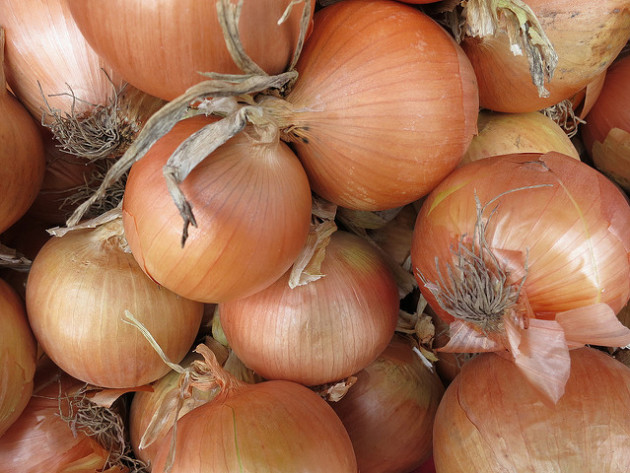
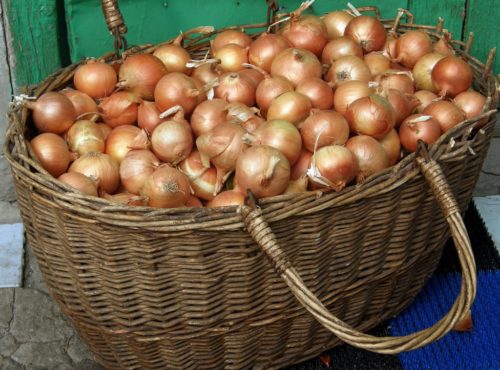
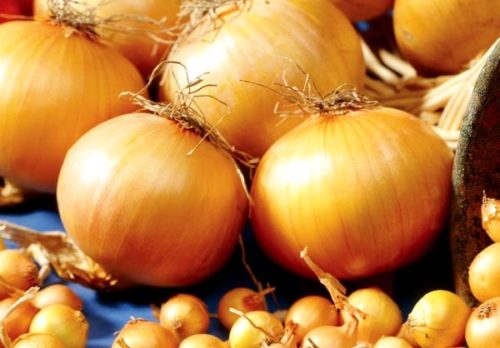
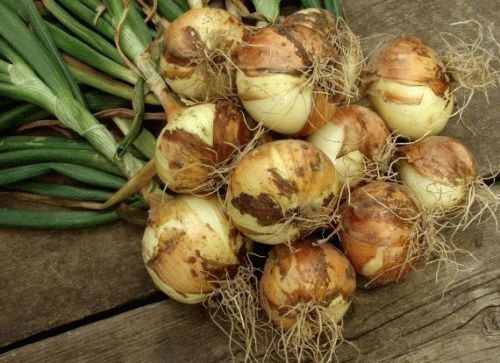
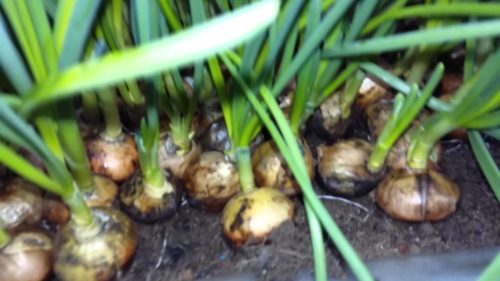
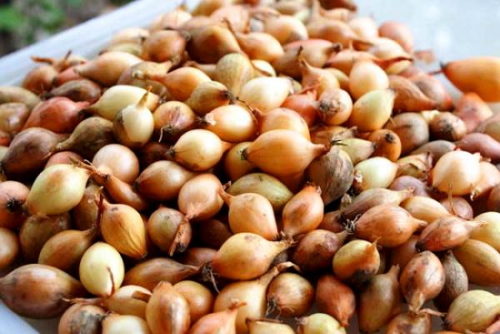
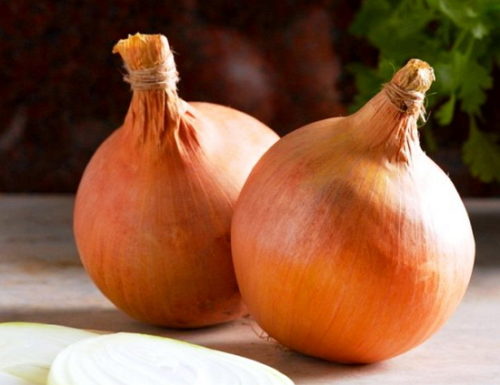
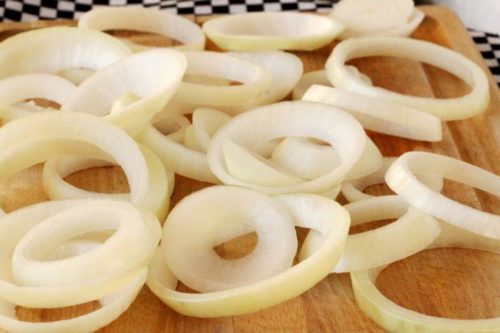
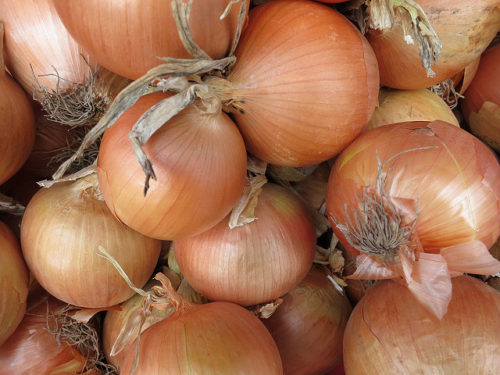
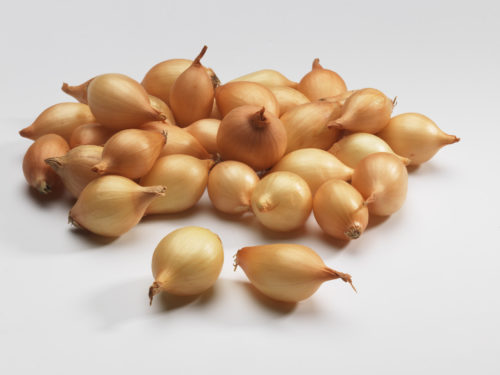

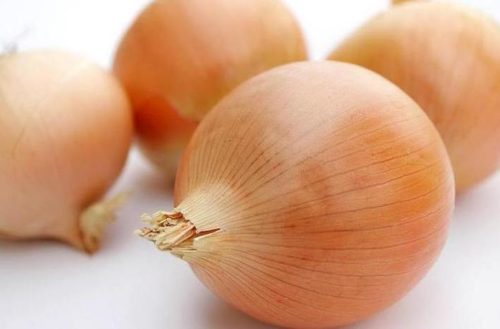
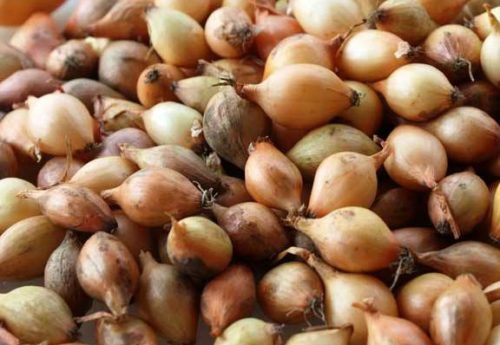












 Start a discussion ...
Start a discussion ...